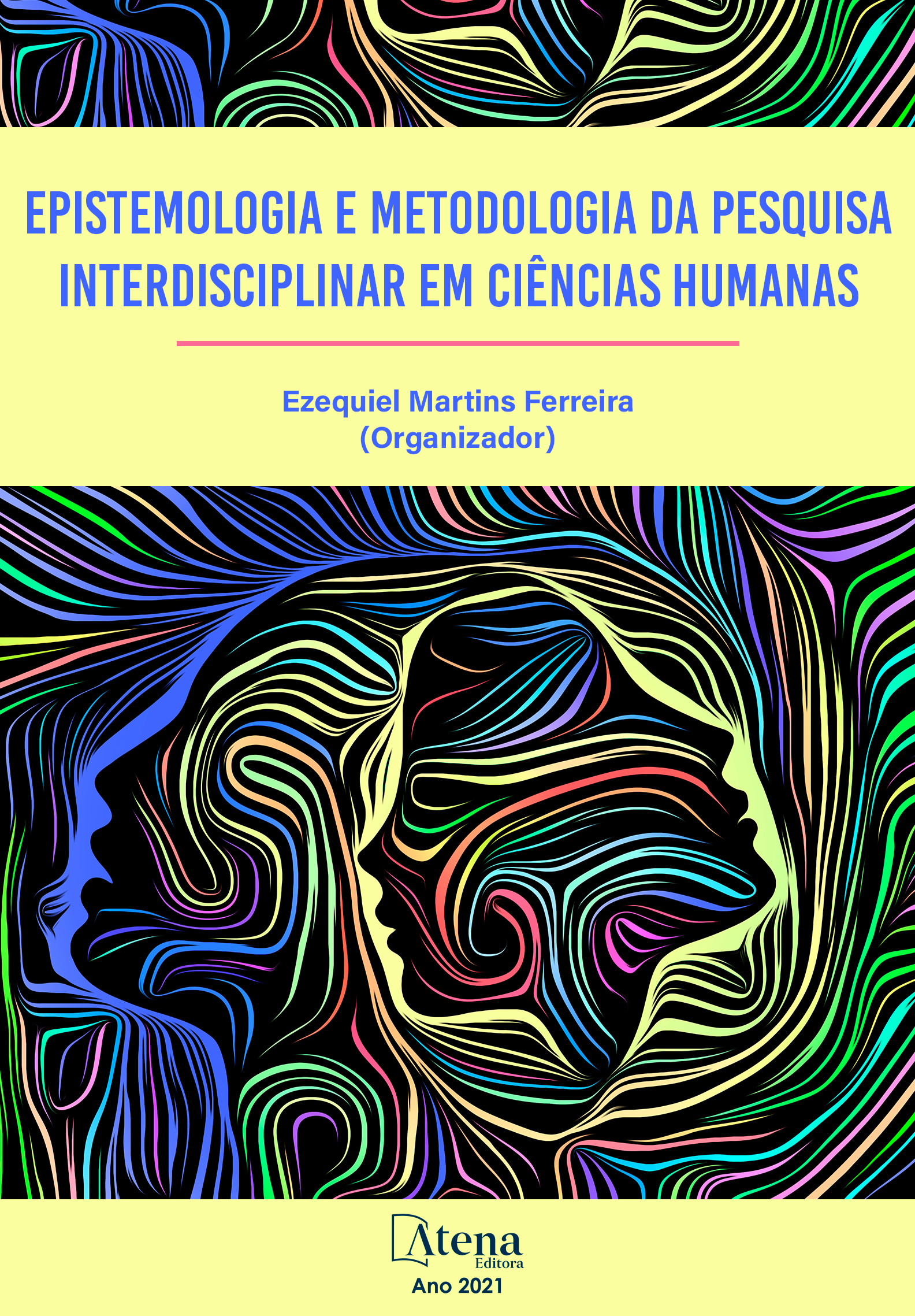
ESTUDO EXPLORATÓRIO SOBRE INTELIGÊNCIA EM ESCOLARES DE MATO GROSSO
Nos últimos anos, o estudo sobre inteligência e o que influencia os processos cognitivos das pessoas têm-se intensificado. Assim, o objetivo desse trabalho é verificar as habilidades cognitivas de crianças de 08 a 10 anos. O projeto de pesquisa foi direcionado a analisar alunos de 8 a 10 anos, com idade escolar de 3º ao 5º ano do ensino fundamental, a organização e seleção dos grupos foram realizados em 07 fases. 1ª Fase – Realizou-se um levantamento do número de alunos de acordo com o ano escolar do 3.º ao 5.º ano e depois, foi realizado o sorteio aleatório. 2ª fase – Após a seleção dos alunos, todos os alunos selecionados para o projeto no grupo experimental, controle I e controle Placebo receberam um envelope contendo todas as informações do projeto. 3ª fase – Nessa fase foram avaliados os procedimentos de inclusão e exclusão que foram avaliados junto aos pais. 4ª Fase – Para os alunos que cumpriram os requisitos anteriores, nessa fase foi repassado para os pais sobre os horários. 5ª Fase – Foi apresentar a lista completa com todos os alunos para o início da avaliação com o teste Wisc-IV. 6ª Fase – Propôs selecionar os aplicadores do teste WISC-IV. Na 7ª fase - Foi realizada a avaliação cognitiva. Os primeiros resultados identificaram que a média do QI do sexo masculino do 3.º ano masculino é superior a dos demais anos, + (12,7) para o 4.º ano, e (4,1) para 5.º ano, a média dos alunos do 3.º ano foi classificada como média superior e os demais como inteligência média. Já a média dos QI do sexo feminino do 4.º ano foi superior às demais anos, porém, com uma média bem pequena (+0,5) do 3.º ano e (+4,9) do 5.º ano, todas as classificações do QI médio do sexo feminino foram de inteligência média. Verificou-se 43,3% dos alunos e alunos do 3.º ano se encontram com inteligência média, 26,7% com inteligência média superior, 23,3% com inteligência superior e 3,3% com inteligência extremamente alta e média inferior. Verificou-se 40% dos alunos e alunos do 4.º ano se encontram com inteligência média, 10% com inteligência média superior, 20% com inteligência superior e 6,7% com inteligência extremamente alta, 13,3% com inteligência média inferior, 6,7% com inteligência muito baixa e 3,3% com inteligência extremamente baixa. Verificou-se 36% dos alunos e alunos do 5.º ano se encontram com inteligência média e inteligência média superior, 6,7% com inteligência superior e com inteligência extremamente alta, 10% com inteligência média inferior e 3,3% com inteligência extremamente baixa.
ESTUDO EXPLORATÓRIO SOBRE INTELIGÊNCIA EM ESCOLARES DE MATO GROSSO
-
DOI: 10.22533/at.ed.95921060111
-
Palavras-chave: Inteligência; Testes de Inteligência; Escalas de Wechsler
-
Keywords: Intelligence; Intelligence tests; Wechsler Scales.
-
Abstract:
In recent years, the study of intelligence and what influences people's cognitive processes has intensified. Thus, the objective of this work is to verify the cognitive skills of children from 08 to 10 years. The research project was aimed at analyzing students from 8 to 10 years old, with school age from 3rd to 5th grade of elementary school, the organization and selection of groups were carried out in 07 phases. 1st Phase - A survey of the number of students was performed according to the school year from 3rd to 5th grade and then the random draw was performed. Phase 2 - After student selection, all students selected for the project in the experimental group, Control I and Placebo Control, received an envelope containing all project information. 3rd phase - In this phase the inclusion and exclusion procedures that were evaluated with the parents were evaluated. Phase 4 - For students who met the previous requirements, this phase was passed on to parents about the schedules. Phase 5 - Presenting the complete list with all students for the beginning of the assessment with the Wisc-IV test. Phase 6 - Proposed to select WISC-IV test applicators. In the 7th phase - Cognitive assessment was performed. The first results identified that the average male IQ of the 3rd year is higher than the other years, + (12.7) for the 4th year, and (4.1) for the 5th year, the average of the 3rd year students was classified as superior average and the others as average intelligence. Already the average female IQ of the 4th year was higher than the other years, but with a very small average (+0.5) of the 3rd year and (+4.9) of the 5th year, All female IQ scores were of average intelligence. It was found 43.3% of students and students of the 3rd year are with average intelligence, 26.7% with superior average intelligence, 23.3% with superior intelligence and 3.3% with extremely high and lower average intelligence. . It was found 40% of students and students of the 4th grade are with average intelligence, 10% with superior average intelligence, 20% with superior intelligence and 6.7% with extremely high intelligence, 13.3% with inferior average intelligence. , 6.7% with very low intelligence and 3.3% with extremely low intelligence. It was found that 36% of students and 5th grade students have average intelligence and superior average intelligence, 6.7% superior intelligence and extremely high intelligence, 10% inferior intelligence and 3.3% intelligent intelligence. extremely low.
-
Número de páginas: 10
- Ana Julia Candida Ferreira
- Widson Marçal Ferreira
- Adriano Mendonça de Oliveira
- CLEITON MARINO SANTANA


